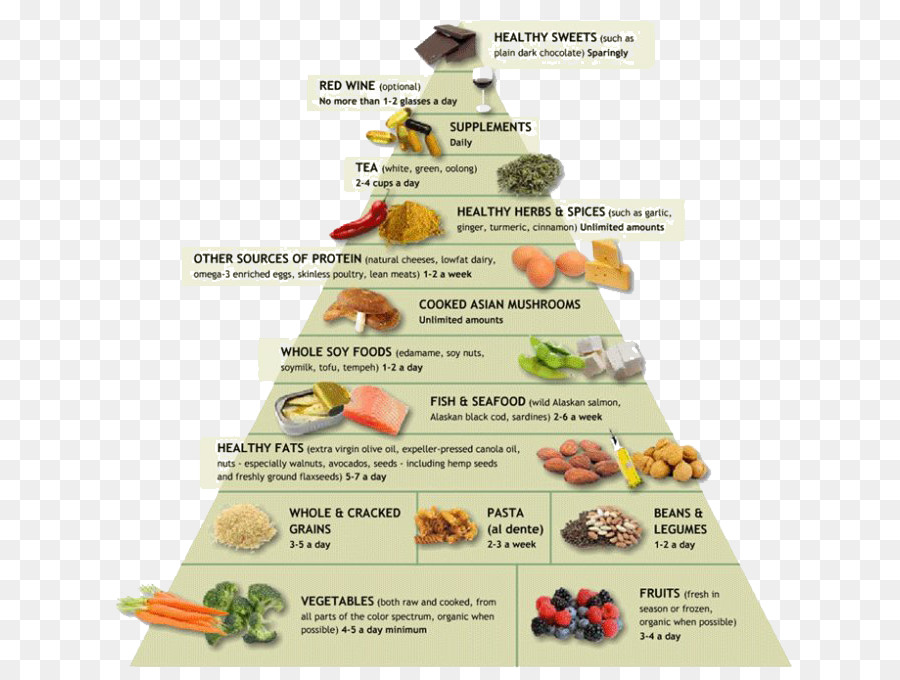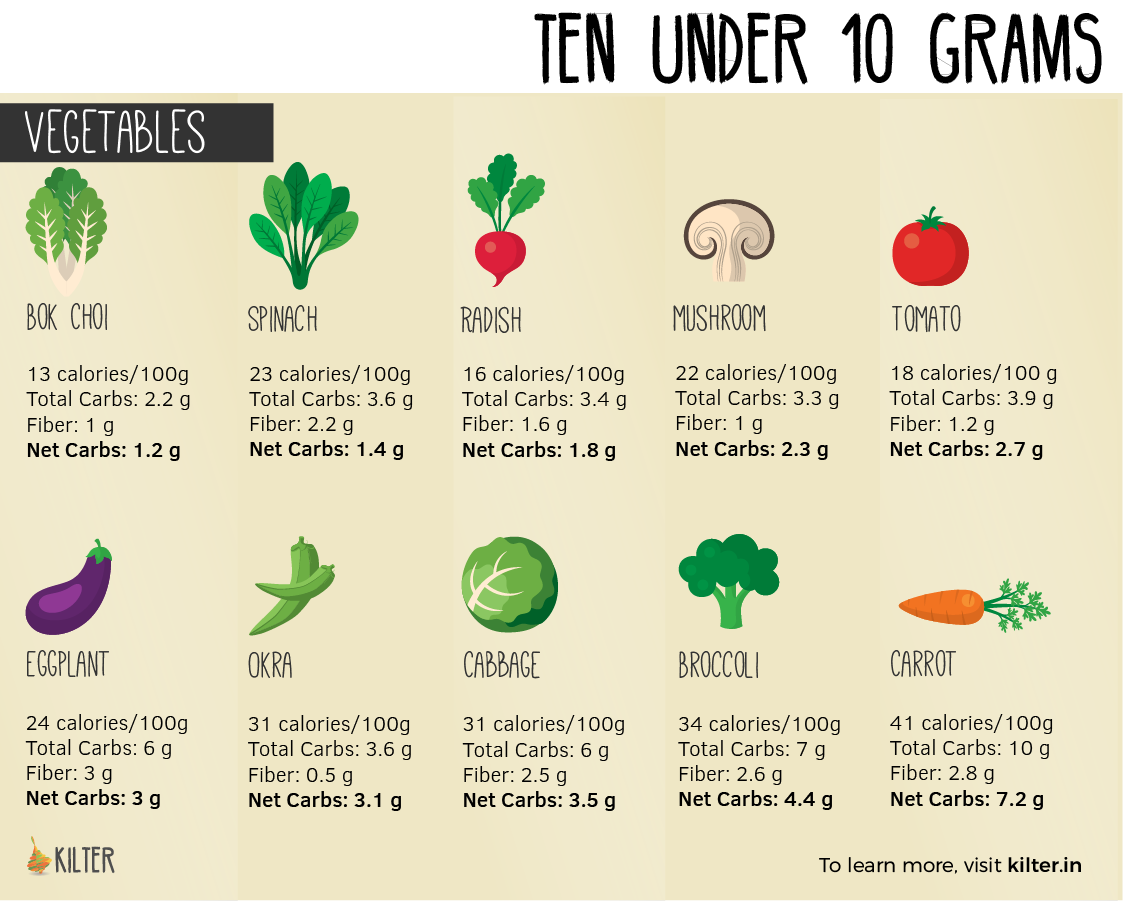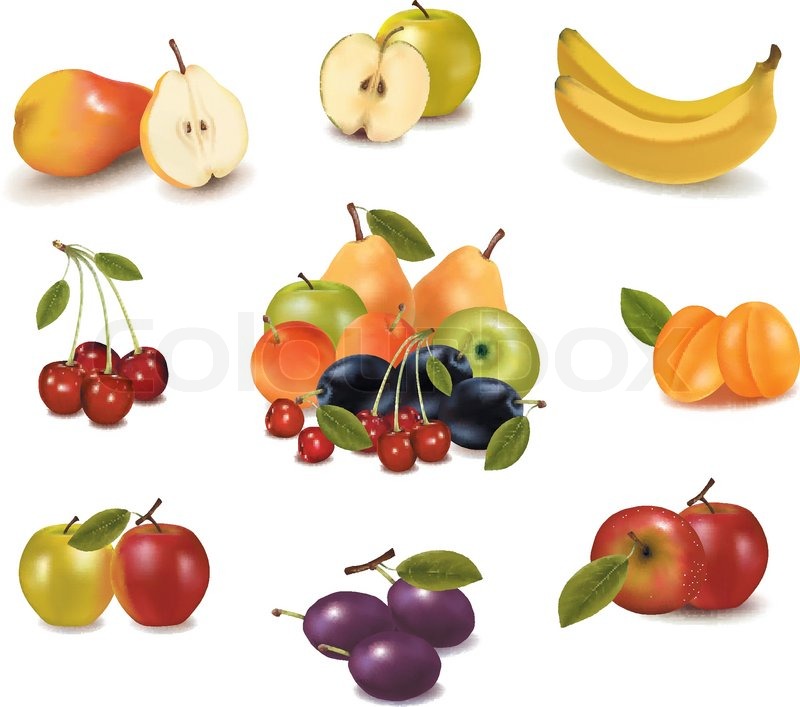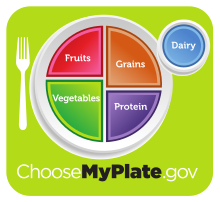
FOOD PYRAMID

by Donika Lici
- Joined Nov 2018
- Published Books 45
Copyright © 2019
A food pyramid or diet pyramid is a triangular diagram representing the optimal number of servings to be eaten each day from each of the basic food groups. The first pyramid was published in Sweden in 1974. The 1992 pyramid introduced by the United States Department of Agriculture (USDA) was called the “Food Guide Pyramid” or “Eating Right Pyramid”. It was updated in 2005 to “MyPyramid”, and then it was replaced by “MyPlate” in 2011.

The USDA food pyramid was created in 1992 and divided into six horizontal sections containing depictions of foods from each section’s food group. It was updated in 2005 with colorful vertical wedges replacing the horizontal sections and renamed MyPyramid. MyPyramid was often displayed with the food images absent, creating a more abstract design. In an effort to restructure food nutrition guidelines, the USDA rolled out its new MyPlate program in June 2011. My Plate is divided into four slightly different sized quadrants, with fruits and vegetables taking up half the space, and grains and protein making up the other half. The vegetables and grains portions are the largest of the four.
A modified food pyramid was proposed in 1999 for adults aged over 70.

Vegetables
A vegetable is a part of a plant consumed by humans that is generally savory but is not sweet. A vegetable is not considered a grain, fruit, nut, spice, or herb. For example, the stem, root, flower, etc., may be eaten as vegetables. Vegetables contain many vitamins and minerals; however, different vegetables contain different spreads, so it is important to eat a wide variety of types. For example, green vegetables typically contain vitamin A, dark orange and dark green vegetables contain vitamin C, and vegetables like broccoli and related plants contain iron and calcium. Vegetables are very low in fats and calories, but ingredients added in preparation can often add these

Fruits
In terms of food (rather than botany), fruits are the sweet-tasting seed-bearing parts of plants, or occasionally sweet parts of plants which do not bear seeds. These include apples, oranges, grapes, bananas, etc. Fruits are low in calories and fat and are a source of natural sugars, fiber and vitamins. Processing fruit when canning or making into juices may add sugars and remove nutrients. The fruit food group is sometimes combined with the vegetable food group. Note that a massive number of different plant species produce seed pods which are considered fruits in botany, and there are a number of botanical fruits which are conventionally not considered fruits in cuisine because they lack the characteristic sweet taste, e.g., tomatoes or avocados

Oils and sweets
A food pyramid’s tip is the smallest part, so the fats and sweets in the top of the Food Pyramid should comprise the smallest percentage of the diet. The foods at the top of the food pyramid should be eaten sparingly because they provide calories, but not much in the way of nutrition. These foods include salad dressings, oils, cream, butter, margarine, sugars, soft drinks, candies, and sweet desserts. 
Dairy
Dairy products are produced from the milk of mammals, usually but not exclusively cattle. They include milk, yogurt and cheese. Milk and its derivative products are a rich source of dietary calcium and also provide protein, phosphorus, vitamin A, and vitamin D. However, many dairy products are high in saturated fat and cholesterol compared to vegetables, fruits and whole grains, which is why skimmed products are available as an alternative. Historically, adults were recommended to consume three cups of dairy products per day. More recently, evidence is mounting that dairy products have greater levels of negative effects on health than previously thought and confer fewer benefits. For example, recent research has shown that dairy products are not related to stronger bones or less fractures; on the flip side, another study showed that milk (and yogurt) consumption results in higher bone mineral density in the hip. Overall, the majority of research suggests that dairy has some beneficial effects on bone health, in part because of milk’s other nutrients

Meat and beans
Meat is the tissue – usually muscle – of an animal consumed by humans. Since most parts of many animals are edible, there is a vast variety of meats. Meat is a major source of protein, as well as iron, zinc, and vitamin B12. Meats, poultry, and fish include beef, chicken, pork, salmon, tuna, shrimp, and eggs.
The meat group is one of the major compacted food groups in the food guide pyramid. Many of the same nutrients found in meat can also be found in foods like eggs, dry beans, and nuts, such foods are typically placed in the same category as meats, as meat alternatives. These include tofu, products that resemble meat or fish but are made with soy, eggs, and cheeses. For those who do not consume meat or animal products (see Vegetarianism, veganism and Taboo food and drink), meat analogs, tofu, beans, lentils, chick peas, nuts and other high-protein vegetables are also included in this group. The food guide pyramid suggests that adults eat 2–3 servings per day. One serving of meat is 4 oz (110 g), about the size of a deck of cards.

MyPlate is the current nutrition guide published by the USDA Center for Nutrition Policy and Promotion, a food circle depicting a place setting with a plate and glass divided into five food groups. It replaced the USDA’s MyPyramid guide on June 2, 2011, ending 19 years of USDA food pyramid diagrams. MyPlate is displayed on food packaging and used in nutrition education in the United States. MyPlate is based on the recommendations of the Dietary Guidelines for Americans.

THE FOOD PYRAMID | Educational Video for Kids.
In this video we are going to know everything about the food pyramid. If we eat healthy and do exercise we will grow strong both mentally and physically!

Published: Feb 15, 2019
Latest Revision: Feb 15, 2019
Ourboox Unique Identifier: OB-574573
Copyright © 2019









